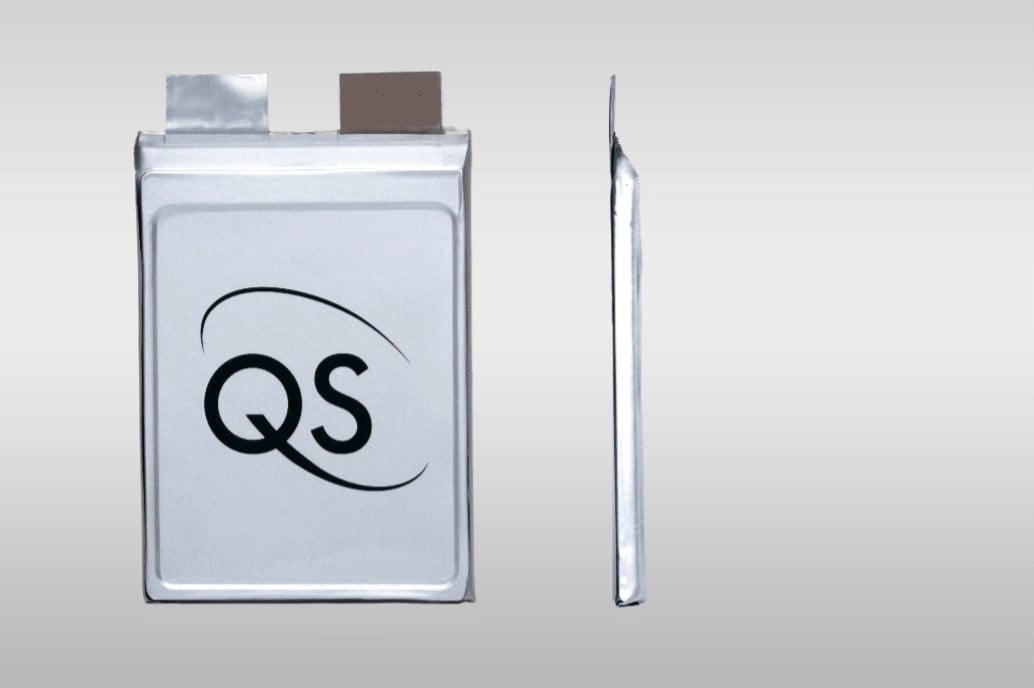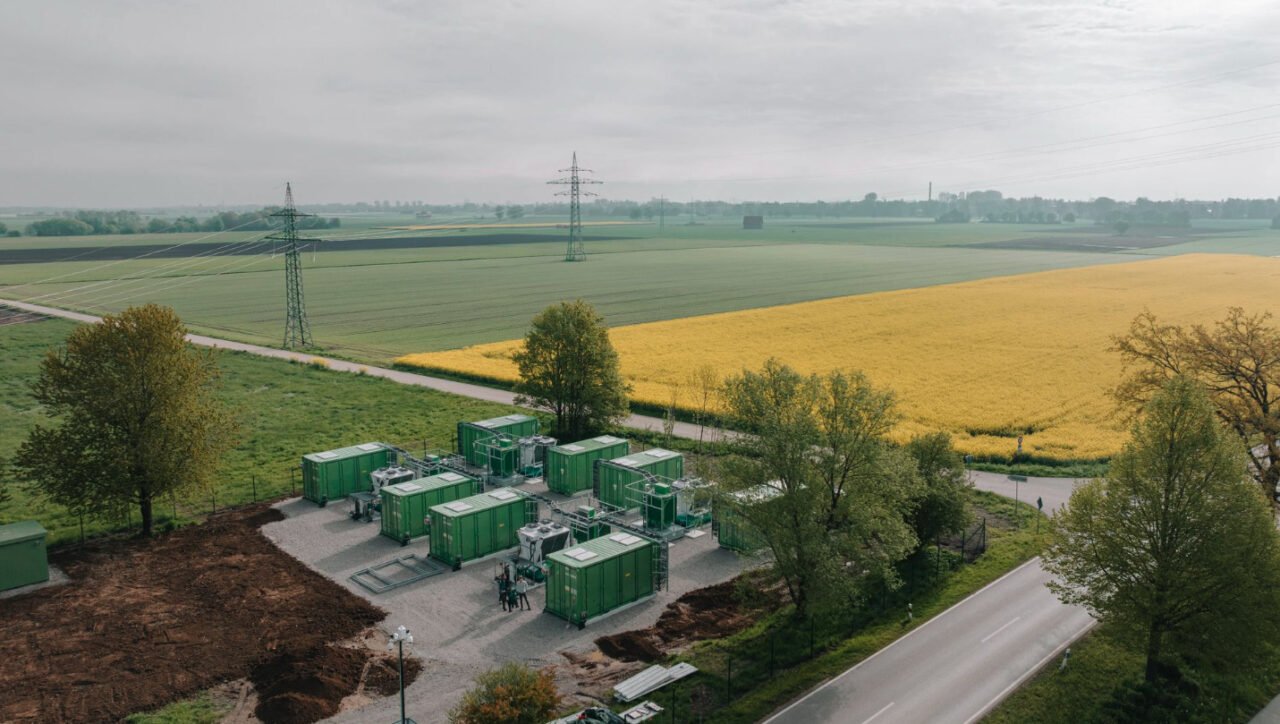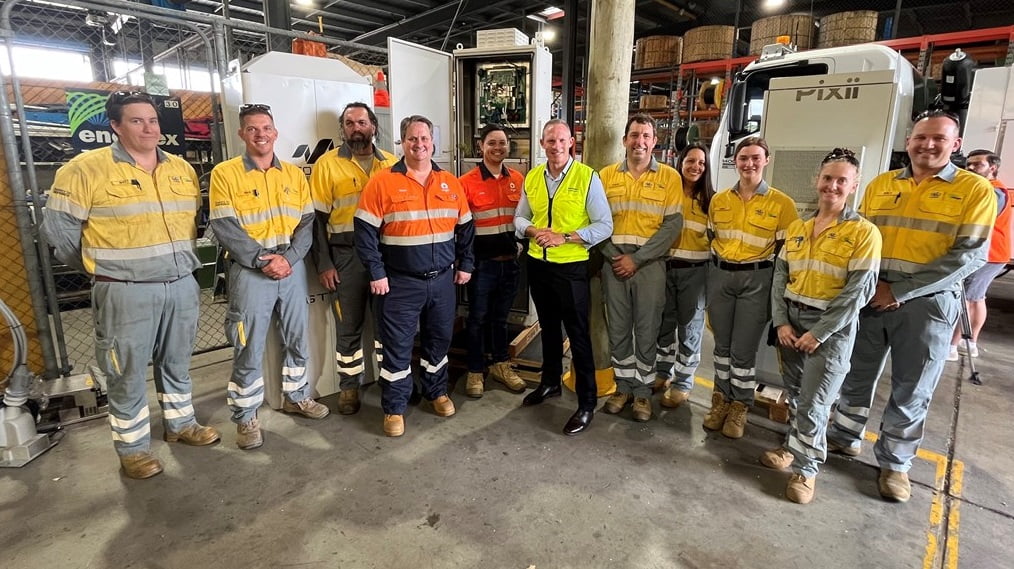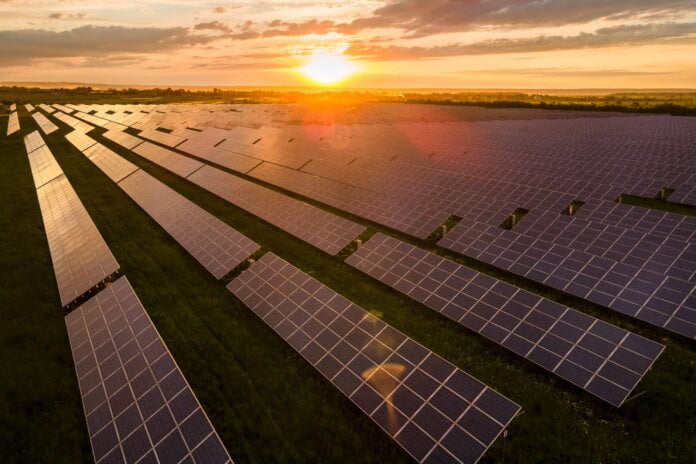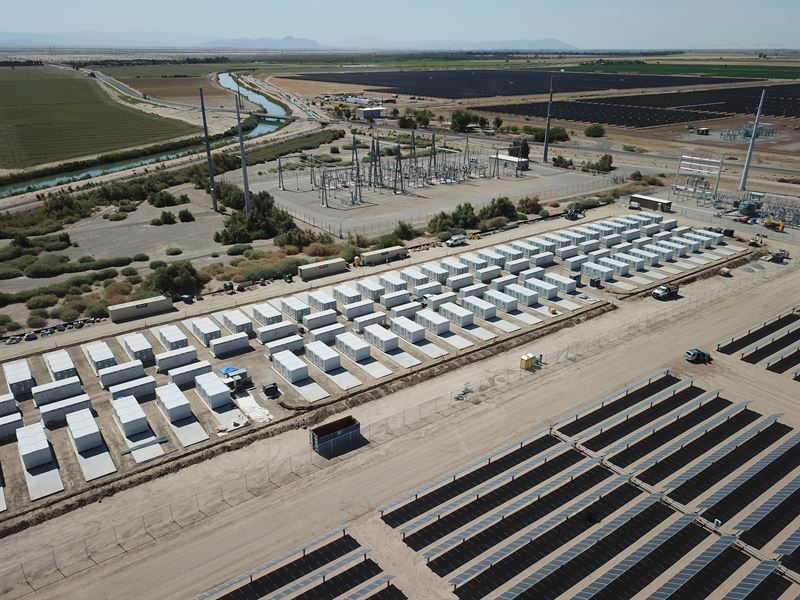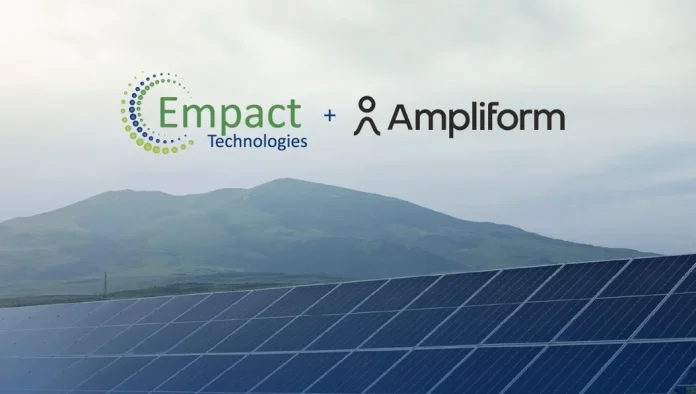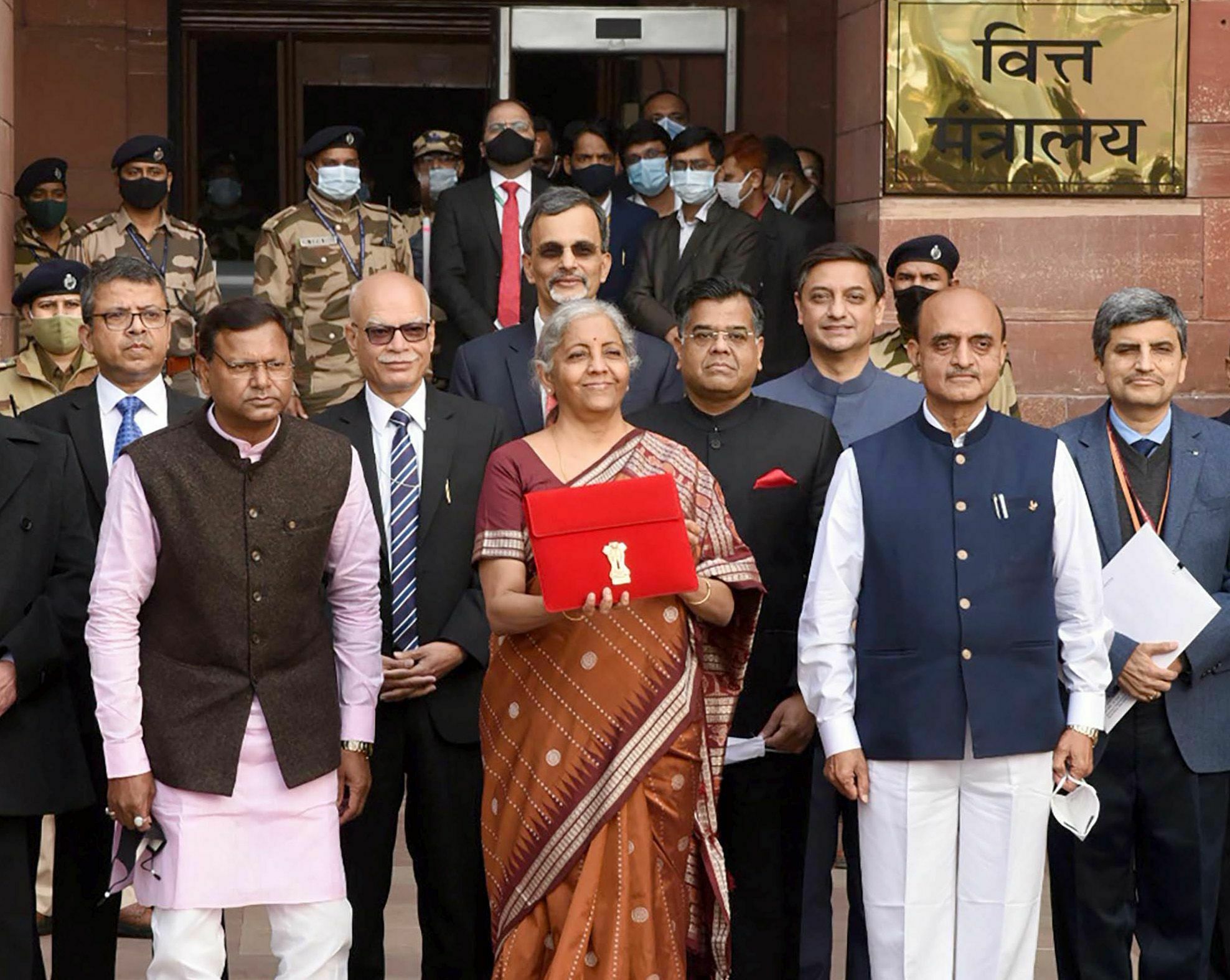This year started with two big announcements from technology firms QuantumScape, which is developing proprietary lithium-ion solid state battery technology, and 24M, which holds the patent for the battery materials it brands ‘SemiSolid’ and a production process for manufacturing SemiSolid batteries using it (licensees include gigafactory firm Freyr).
NYSE-listed QuantumScape started January by revealing the results of test by automotive group Volkswagen which showed its battery tech retained over 95% of capacity after 1,000+ charging cycles, far better than the industry standard of 80% after 700 cycles.
A week later 24M, headquartered in Massachusetts, revealed a ‘transformative new battery separator’, 24M Impervio, which it claimed would redefine battery safety in the EV, ESS and consumer markets. In October, it launched a new electrode-to-pack system called ETOP allowing battery and battery pack manufacturers to achieve “the highest energy density available at the pack level while cutting costs”.
24M expects ESS applications for ETOP in 2025, QuantumScape not revealing commercialisation roadmap
However, in response to questions from Energy-Storage.news, both companies indicated that applications within the ESS segment still need more time.
Discussing ETOP, 24M said: “We anticipate smaller volume commercial sales will begin in 2024 with a focus on the lead acid battery market. Sales in more traditional ESS and EV applications will take longer, but we expect that sales into ESS applications could begin as early as 2025.”
Discussing its solid state technology at large, QuantumScape told us: “While we believe our technology has applications in a variety of industries beyond transportation – including energy storage – we have not disclosed a commercialisation roadmap for non-automotive applications.”
24M said it couldn’t comment on specific business strategic of licensee partners, which, alongside Freyr and also Volkswagen, are Kyocera, Itochu, GPSC, Fujifilm, Axxiva and LucasTVS.
Specifically, Energy-Storage.news asked how Freyr’s recent announcement that it was pausing its European investments and ramp-up and considering setting up manufacturing elsewhere using conventional lithium-ion technology (licensed from Sunwoda) would affect 24M’s commercialisation roadmap.
Freyr’s flagship Norway gigafactory been set up to produce cells using 24MW’s semi-solid platform, but will only begin commercial production when Europe comes up with an adequate policy response to the US’ Inflation Reduction Act’s generous tax credits for clean energy manufacturing, Freyr CEO Birger Steen told us in November.
QuantumScape similarly said that its path to commercialisation would depend on its partners, providing an update to its production ramp-up:
“QSE-5, a ~5 amp-hour cell, is QuantumScape’s first planned commercial product. The VW results are especially meaningful because the prototype cell tested has the same number of layers (24) and uses the same proprietary cell format as the QSE-5.”
“As we said on our last quarterly results call, we are targeting initial low-volume B cells off lower throughput equipment in 2024 and are targeting the first B-sample cells using higher throughput equipment approximately at the end of 2025. QuantumScape’s automotive partners designate when its solid-state lithium-metal battery technology is put into actual vehicles that are available for sale.”
Commodity price reporting agency (PRA) fastmarkets recently wrote a guest blog for Energy-Storage.news on the promise of solid state and sodium-ion batteries in the EV and ESS markets.
Energy-Storage.news’ publisher Solar Media will host the 9th annual Energy Storage Summit EU in London, 20-21 February 2024. This year it is moving to a larger venue, bringing together Europe’s leading investors, policymakers, developers, utilities, energy buyers and service providers all in one place. Visit the official site for more info.
Energy-Storage.news’ publisher Solar Media will host the 5th Energy Storage Summit USA, 19-20 March 2024 in Austin, Texas. Featuring a packed programme of panels, presentations and fireside chats from industry leaders focusing on accelerating the market for energy storage across the country. For more information, go to the website.
Continue reading

